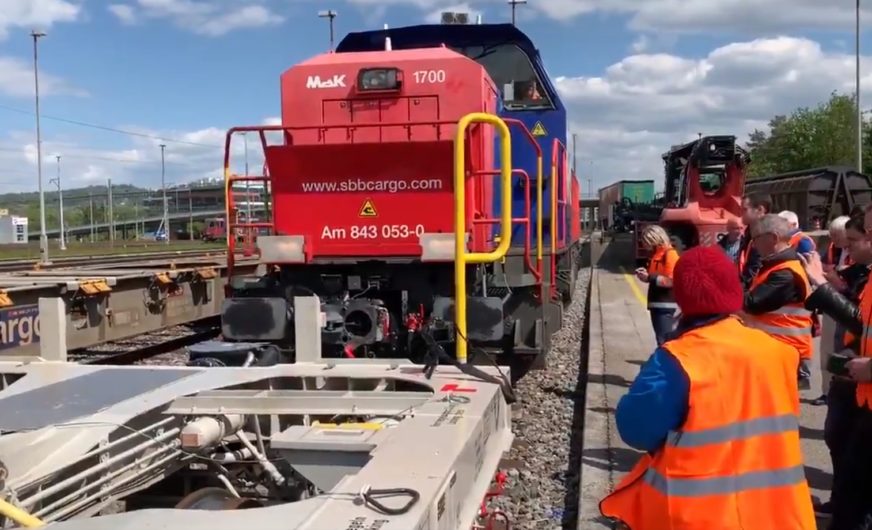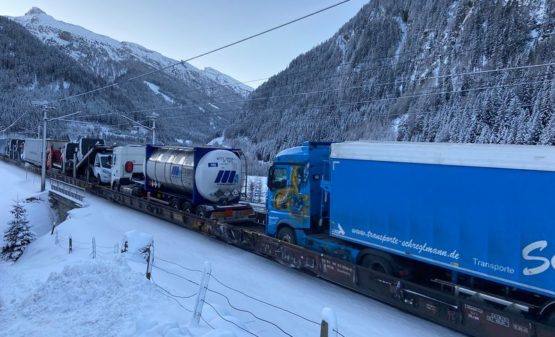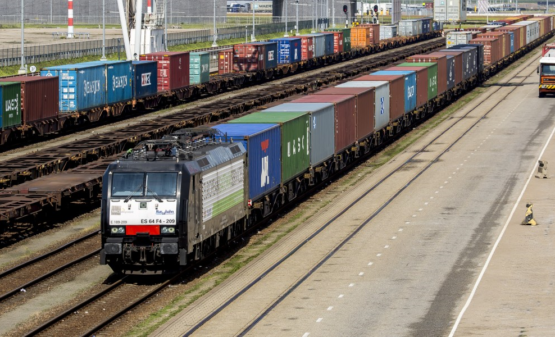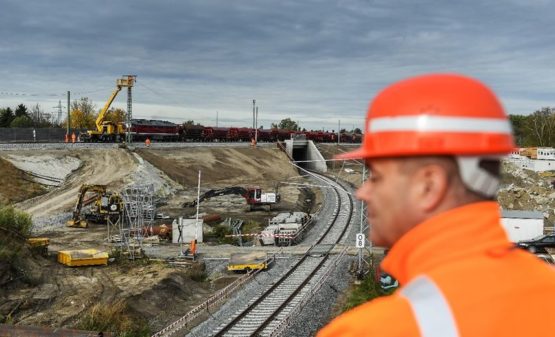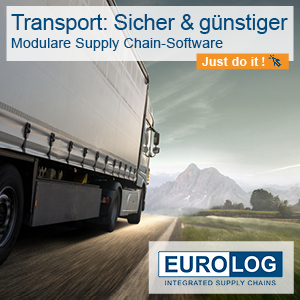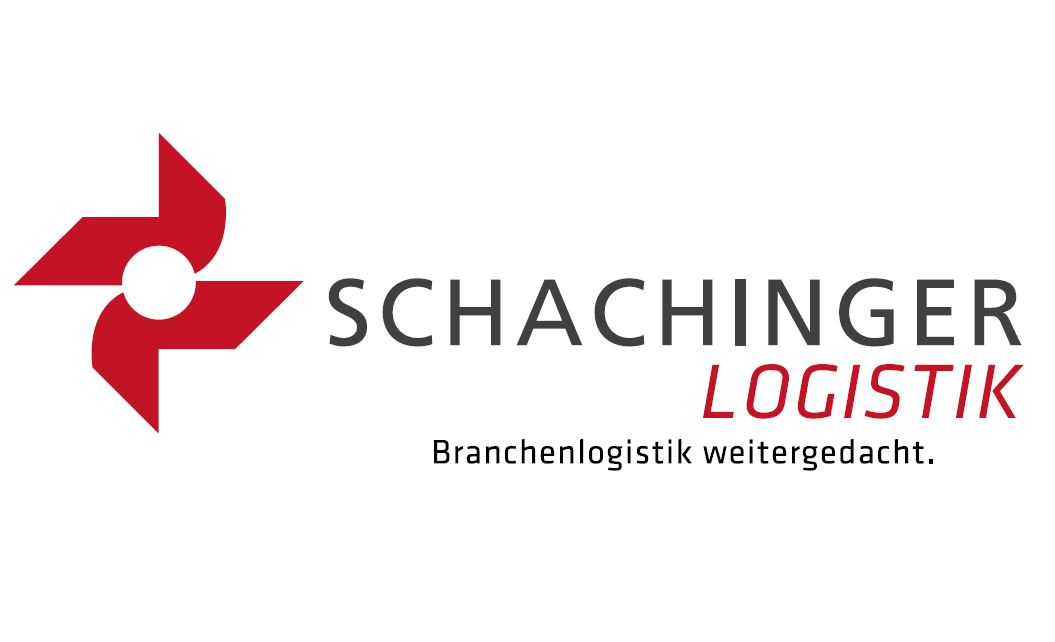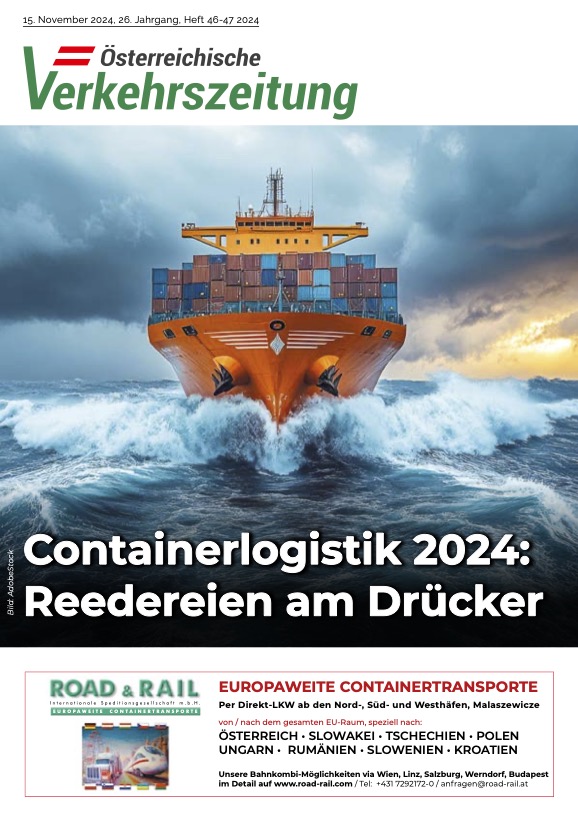Since the beginning of May, SBB Cargo trains have been using automatic couplings. Around 100 freight cars and 25 locomotives were converted last year. This is a first, important step towards partial automation on the last mile of rail operations. SBB Cargo is thus a pioneer in Europe.
Thanks to the new couplings, shunting became faster and safer. Rail cars can be connected with each other and with locomotives are automatically – without risk of injury to shunting workers. To separate the rail cars only one hand is needed. Today, a lot of work is still done manually, which is time-consuming, labor-intensive and cost-intensive.
The costs of retrofitting the rolling stock total around CHF 15 million, with the federal government contributing around CHF 9 million. Nicolas Perrin, CEO of SBB Cargo, emphasises that the company is not trying to do it on their own, but aiming to find solutions for a European standard. “The joint approach enables us to jointly develop the freight transport sector and benefit equally from the advantages.”
In many projects, such as the development of the automatic coupling and the automatic brake test, SBB Cargo cooperates with European partners. For example, with companies such as Voith, PJM, VTG or the freight railways Rail Cargo Austria and Mercitalia.
In addition to the automatic coupling, the automatic brake test and a collision warning system are part of the last mile automation. Together, these three elements enable one-person operation, ie with just one employee instead of at least two employees.


